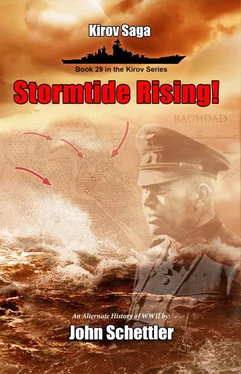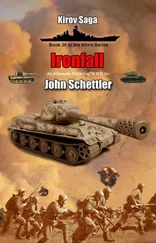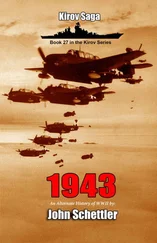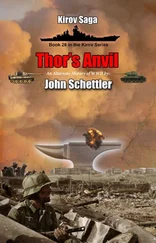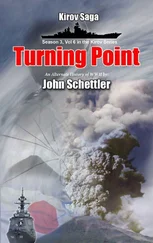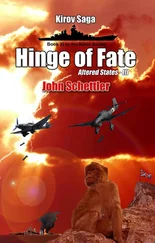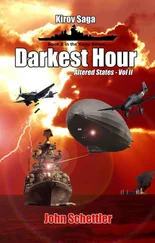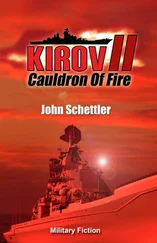As he moved west, the British 8th Army at his back was not the force that had been flush with victory led by General Montgomery, but a twice chastened army that had just suffered a severe check on the Tarhuna line. O’Connor needed time to reorganize, haul fresh supplies and munitions up to the front, replace the many tanks that had been lost in that last battle with the Desert Fox. It would be weeks, perhaps even a long month before he would declare himself ready to again take to the offensive, and in that interval, he would see more and more of his armored force siphoned off to the campaign in Syria. Britain was now again fighting a two front war in the Middle East, and O’Connor knew that it might be some time before his losses, particularly to the armor, could be made good.
Rommel knew this, added his voice to Kesselring’s, and the weight of those two Field Marshals carried the day. The lion that had been stalking him all across North Africa, O’Connor’s 8th Army, would be sleeping in its den. And while the cat was away… He smiled to think his battle for Libya was finally over, and good riddance, or so he thought.
My bold promises to the Führer vanished at Bir el Khamsa, along with my dream of crossing the Nile. Now comes the battle for Tunisia, but I intend to go much farther if possible, deep into Algeria.
As he moved up the coast into Tunisia, Rommel’s spirits were buoyed by the green, verdant plenty of this new land. There were orchards, plantations, stands of trees that became forests as they rolled up the slopes of distant hills. He knew that in the south, the Chott country was every bit as barren and hostile as the terrain he had fought over in Libya, but along the central mountains and coast, Tunisia was a paradise compared to the Libyan desert. Here there was fresh water in natural wells virtually everywhere. The troops would be well fed, but a new challenge would present itself that they seldom had to deal with in Libya—rain. February was the wet season, and where there was dryness and dust in the warmer months, there would be mud now with the rain.
He would not let that stop him, riding up Highway 15 from Gabes and heading west with the 501st Schwerepanzer Battalion and his heavy artillery right behind him. Von Bismarck’s 21st Panzer Division was already heading west on another route. It had moved up the lush coast highway to Sfax, then turned west on the long road that would take it through the pass at Faid to Sbeitla and Kasserine, where an Italian garrison, the Superga Mountain Division, had been guarding supplies being delivered by rail from Tunis.
The Americans were already probing at their positions. A recon operation had been mounted by Blade Force towards Thelepte, where the Luftwaffe had an important airfield. They had, in fact, been the first US troops to cross the Tunisian border near Bou Chebka, about 30 kilometers southwest of Kasserine Pass. Farther north, on the same road they had used, the fighting then underway was happening in and around the key German supply center at Tebessa. When it was clear that the Americans were driving for that town, Kesselring had managed to get most of Weber’s 334th Infantry Division there by rail—this while von Arnim fell back from the rail line that ran between Tebessa, through Ain Beida, and all the way to Constantine.
The British 43rd Wessex Division had finally cleared that city, and was now setting its engineers to the damaged bridges to open the roads for movement. That would be a very difficult job, and it was seen that many spans would have to be rebuilt in their entirety after the German demolitions. Rommel read Kesselring’s status report, smiling.
Montgomery was stuck on the coast, all bunched up in the difficult mountain country, while this American General Patton had his army strung out from Constantine to Tebessa. From all accounts, there were two American mobile divisions with armor. This Patton was trying to maintain contact with Montgomery as he continued to push farther south and east—to hold and take at the same time. It was time to show him what this war was all about.
Ernst Hell’s 15th Infantry Division was now in good positions on the coast, their line anchored at Philippeville by the 327th Infantry, so von Arnim had moved all of the Hermann Goring Division south to reinforce 10th Panzer. Those two divisions were now consolidating some 40 to 50 kilometers southwest of Souk Ahras, well supplied from the depot there, and covered by German fighters at that key airfield. That would be the right cross. Rommel was now hastening to bring up the rest of his mobile divisions, and they would be the left hook.
Even as 21st Panzer’s lead elements were reaching Faid Pass on the 3rd of February, Rommel was doubling down on his promise to Kesselring. He was bringing not two, but all three of his crack panzer divisions west on Highway 15 from Gabes. Randow’s 15th Panzer was in the lead, moving towards Ghafsa, and behind him came Funck’s 7th Panzers, the Ghost Division that Rommel loved so dearly. General George Patton was about to be on the receiving end of an attack that was much stronger than it had been in the old history—not three divisions, but five, and all of them panzers.
Yet Patton also had more in hand than the US fielded in the old history. Along with all of Ward’s 1st Armored, he had CCA of Harmon’s 2nd, and the other half of that division was now moving up to the front. This would double the number of American tanks on the field, balancing the odds.
The Americans seemed very intent on getting their hands on Tebessa, where the 334th was still putting up a stubborn defense. They had already pushed out patrols well north of that city, their lead elements approaching the Tunisian border at Charpinville. Rommel did not really want them crossing there, for that would cut the rail line to Tebessa from Tunis, about 30 kilometers east of Charpinville.
Just how far was this Patton intending to go? Did he really think he could advance so impudently into Tunisia like this? Did he perceive the two iron fists that were now clenching to strike him?
Onthe late afternoon of February 4th, 1st Battalion of the 30th RCT, 3rd Infantry, climbed up the ragged slopes of a high hill that overlooked the terrain ahead, aghast to see what looked like an entire division of German troops assembling on the far side of the valley floor. The Lieutenant got on the radio and kicked it up to his Regiment, which then passed it on to Division. It would be another three hours, near the gloaming of sunset, before the reports would come to Bradley and Patton, where they had set up their HQ at the big airfield at Les Bains along the main road and rail line between Tebessa and Constantine.
“Hold on George,” said Bradley. “Have you read those recon reports from 33rd Fighter Group? This new information coming in from Anderson’s 3rd Infantry is singing the same tune. I don’t like it. We had reports of columns in the high country moving south three days ago. The Germans could be up to something here.”
“Souk Ahras,” said Patton. “That’s their big supply hub up there—that and Gulema. They’ve got forward airfields at both, and good rail connections all the way back to Tunis. If we get to Gulema, then their whole position on the coast is flanked.”
“Well, I ought to remind you that’s where you were supposed to be heading. Ike just found out how far south you’ve pushed, and he’s hopping mad.”
“Tell him something, Brad. Say it’s just a reconnaissance in force.”
“George, you and I both know that just isn’t true, and once he gets a map update, Eisenhower will know it too. I think we’d better slow things down.”
“Look,” said Patton. “They’ve just screened the approaches to Souk Ahras, that’s all. I’ll keep 3rd and 9th pushing that direction. They can hold the line.”
Читать дальше
